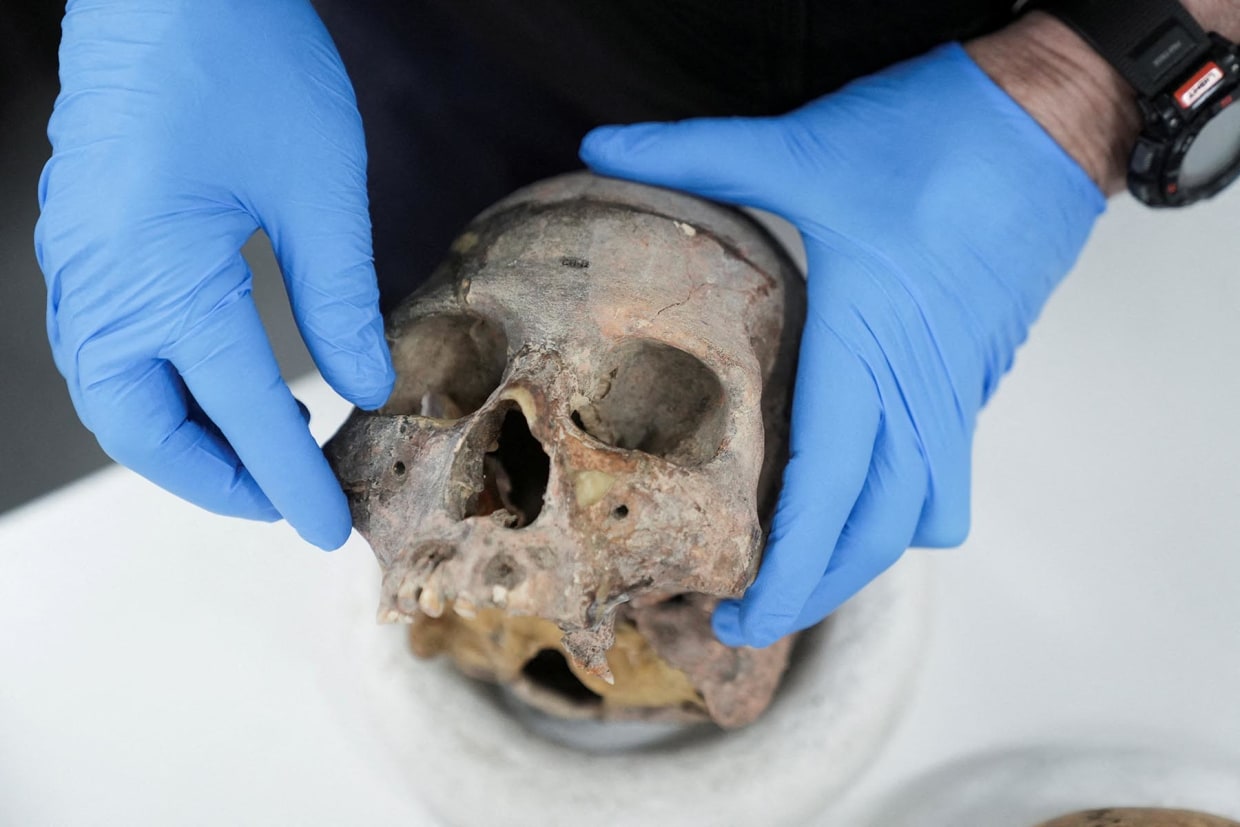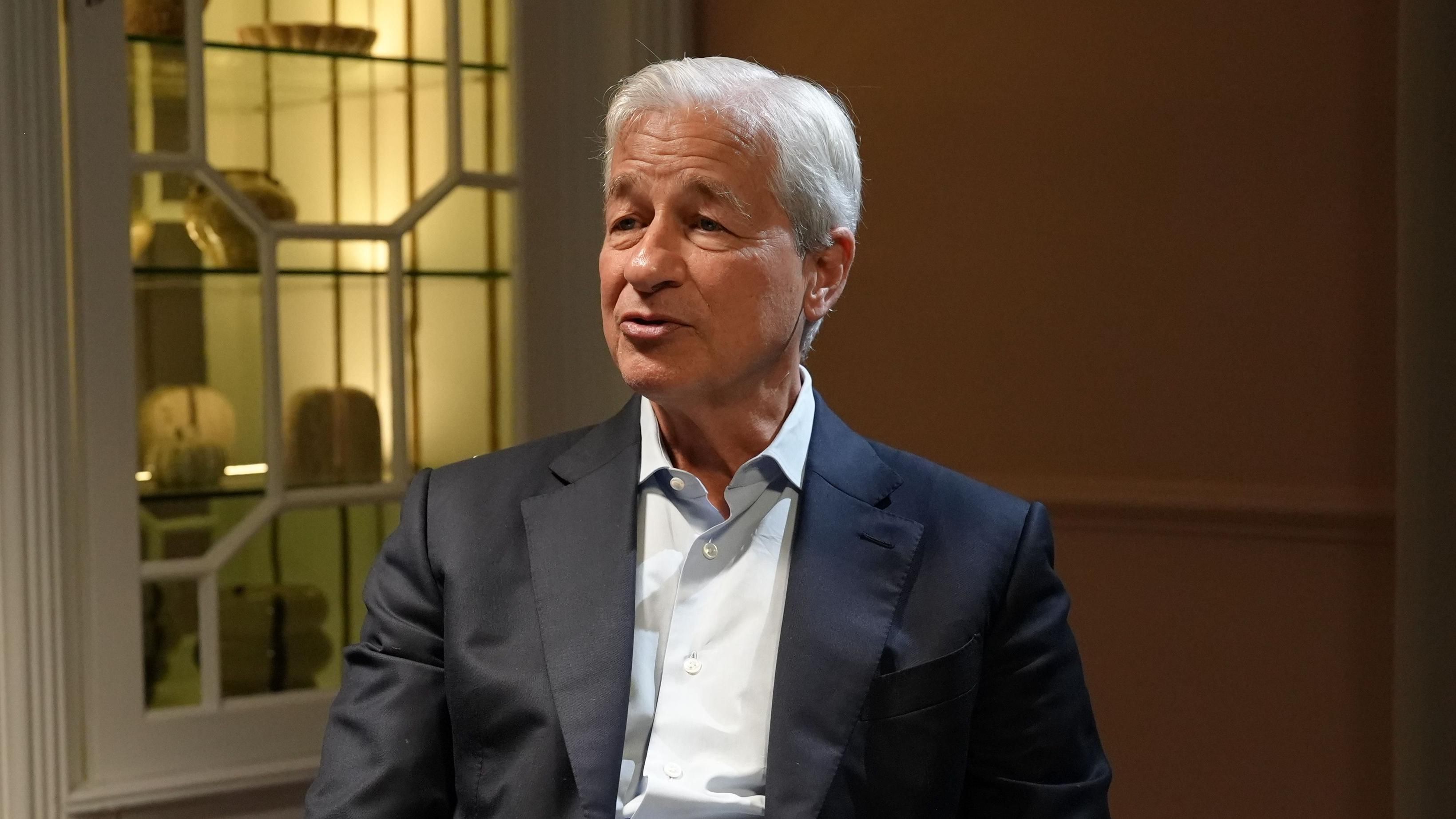A team of scientists in Colombia has made a discovery that could reshape our understanding of human history in the Americas. By sequencing DNA from ancient remains found in the region, the researchers have identified evidence of a previously unknown human lineage. This finding opens a new chapter in the study of early populations on the continent and provides insight into the complexity of human migration and evolution.
The project focused on remains that date back thousands of years, carefully preserved in archaeological sites that hold key information about the earliest inhabitants of South America. Genetic analysis of these samples revealed markers that do not correspond with any of the lineages currently known to science. This suggests that an entire branch of human ancestry, until now hidden from researchers, played a role in shaping the population history of the region.
For decades, anthropologists and geneticists have sought to trace the origins and movements of the first people who arrived in the Americas. It has long been accepted that early humans migrated across the Bering land bridge from Asia during the last Ice Age, spreading southward over time. However, findings like this challenge the simplicity of that narrative, showing that the genetic heritage of early populations was more diverse and interconnected than previously thought.
Los científicos colombianos, en colaboración con investigadores internacionales, emplearon tecnologías avanzadas de secuenciación de ADN para reconstruir la información genética a partir de muestras fragmentadas. El ADN antiguo, o aDNA, a menudo se encuentra muy degradado, lo que complica su análisis. Sin embargo, gracias a métodos mejorados de extracción y secuenciación, los investigadores ahora pueden recuperar datos valiosos incluso de restos sometidos a condiciones ambientales desafiantes como el calor y la humedad, ambas frecuentes en América Latina.
According to the researchers, the newly identified lineage does not neatly align with the main ancestral groups known in the Americas. Instead, it presents a distinct genetic profile, suggesting that there may have been multiple waves of migration or contact with populations previously undocumented. This raises the possibility that the settlement of the Americas was not a straightforward, one-directional process, but rather a series of complex interactions between diverse groups over millennia.
Archaeological discoveries had previously pointed to this intricacy. Various cultural items, settlement configurations, and burial customs in different areas indicate that several communities with distinct traditions lived together and affected each other. The genetic evidence now offers biological backing for these insights, strengthening the notion that the early history of humans in the Americas was characterized by diversity, adaptation, and interaction.
One of the outstanding features of this study is its ability to complete missing parts of historical documentation. There are few written records of pre-Columbian societies in South America, and our understanding largely derives from archaeological findings. DNA analysis offers a novel method to piece together the stories of individuals who did not leave behind written documents, yet whose genetic legacy continues today. In this way, ancient DNA acts as a link between history and the present, linking current populations with their predecessors.
The analysis further emphasizes the significance of performing studies within Colombia and throughout Latin America, areas that have frequently been overlooked in global conversations about human ancestry. By allocating resources to regional research and applying state-of-the-art technology, Colombian researchers are offering noteworthy advancements to a discipline typically led by research in North America, Europe, and Asia. This success highlights the importance of developing scientific capabilities in varied regions to produce findings of worldwide significance.
The consequences of this finding reach further than scholarly investigation. Comprehending the ancient genetic past of the Americas holds cultural and societal value, especially for Indigenous populations. Nowadays, numerous communities are keen on exploring their genealogical origins and maintaining their traditions. Although genetic studies must be carried out with care and deference, they can offer fresh insights into identity and the enduring connection between successive generations.
Simultaneously, the results prompt significant ethical deliberations. Collaborating with ancient remains requires meticulous cooperation with local populations and adherence to cultural customs related to the handling of ancestors’ remains. The Colombian group has highlighted the necessity of ethical research methods, making sure that scientific progress aligns with cultural awareness.
As the domain of ancient DNA studies expands, additional findings like these are anticipated. Every new piece of evidence contributes to the intricate mosaic of human history, revealing that our past is much more complex than once thought. Especially in South America, with its vast unexplored regions and numerous archaeological sites still to be examined, the opportunities for remarkable discoveries are extensive.
Scientists believe that this new lineage could help explain genetic variations observed in modern populations that do not fully match known ancestral profiles. By studying these connections, researchers hope to better understand how ancient migrations shaped today’s genetic diversity across the continent. Future studies may even reveal interactions between this unknown lineage and other populations, offering clues about cultural exchanges, survival strategies, and adaptation to changing environments.
The discovery also reflects the power of technological progress in science. A decade ago, sequencing highly degraded DNA in tropical conditions would have been nearly impossible. Today, advancements in genome analysis allow scientists to unlock secrets that remained inaccessible for centuries. As techniques continue to improve, more information will likely emerge from samples previously considered unsuitable for study.
At present, recognizing this unfamiliar human lineage marks a significant achievement for Colombian science and the global exploration of human origins. It enriches our comprehension of ancient history and questions the straightforwardness of migration paths into the Americas. In the end, the study reveals that human history is not linear but rather a intricate network of links, interactions, and adaptations that have formed the world as we know it.
The team behind this work has signaled plans to expand their research, analyzing additional remains from other regions of Colombia and beyond. Such studies may reveal whether this lineage was widespread across South America or localized to specific areas. They may also clarify how long this group persisted and whether it left lasting contributions to modern genetic diversity.
As researchers persist in examining these queries, they aim to develop a more complete understanding of the earliest inhabitants of the Americas. Every bit of DNA gathered from old remains contributes a new element to the puzzle, providing insights into the existence of those who roamed these territories long before the advent of recorded history.
The Colombian discovery is not just about science. It is a reminder of the resilience of human memory, carried silently in our genes across generations. The revelation of an unknown lineage hidden in the DNA of ancient remains shows that the story of humanity is still unfolding, with many chapters yet to be written.





